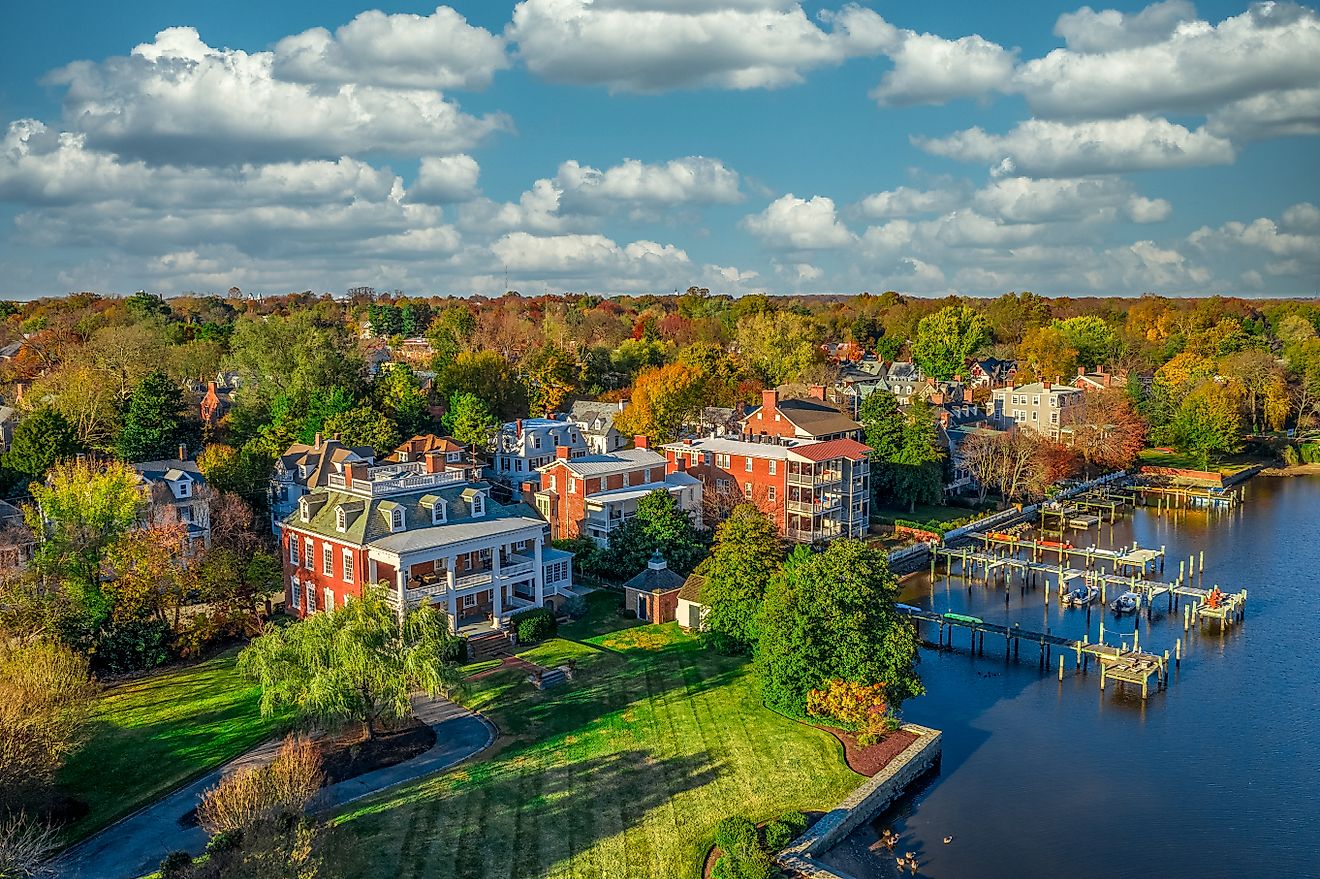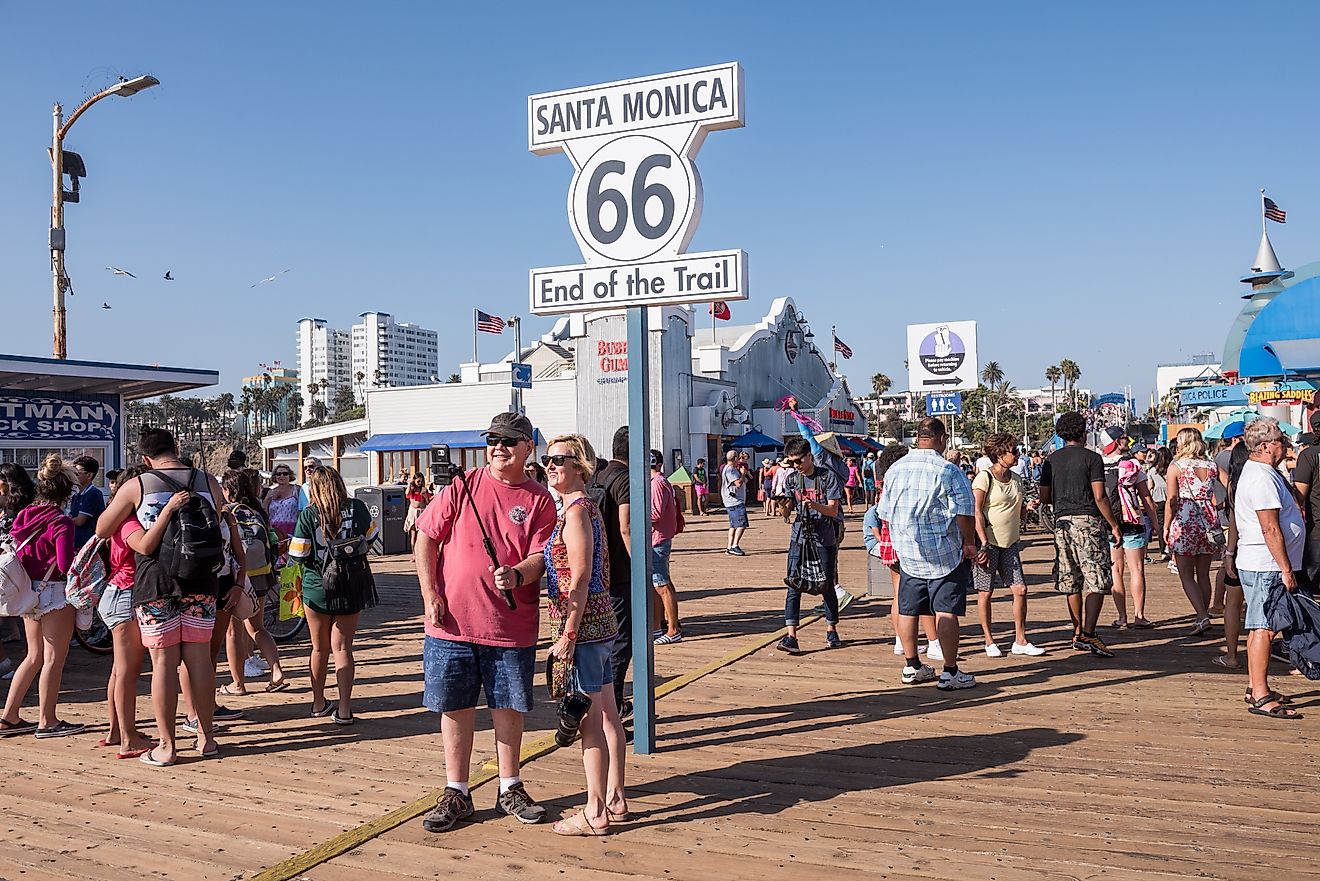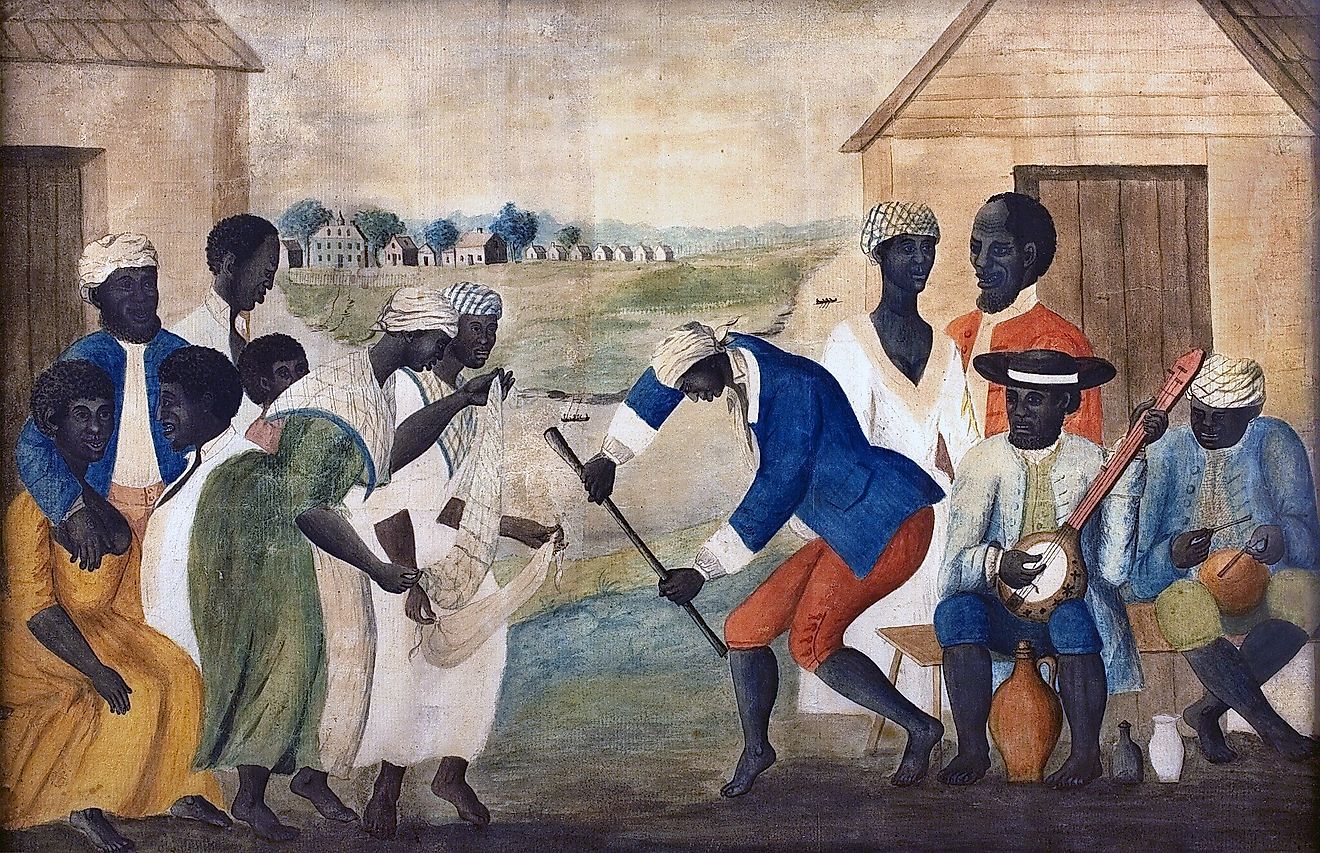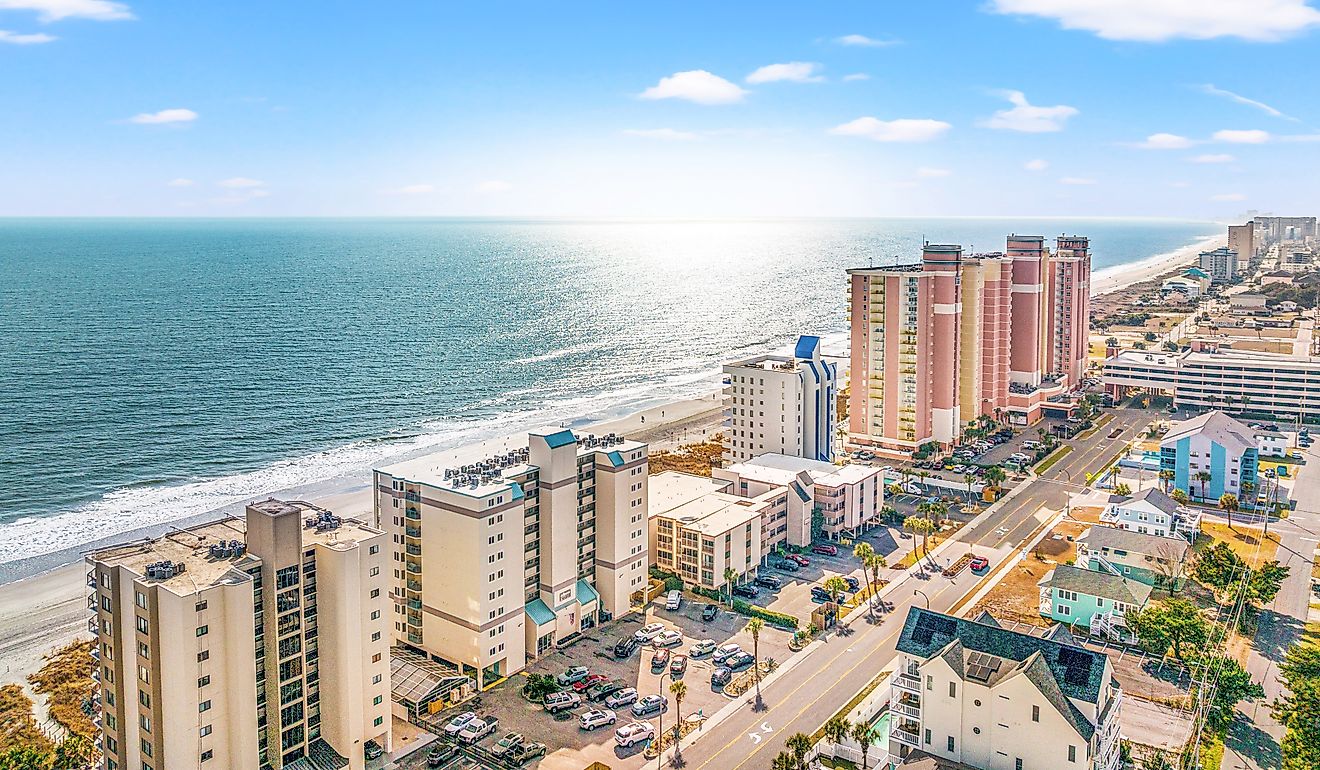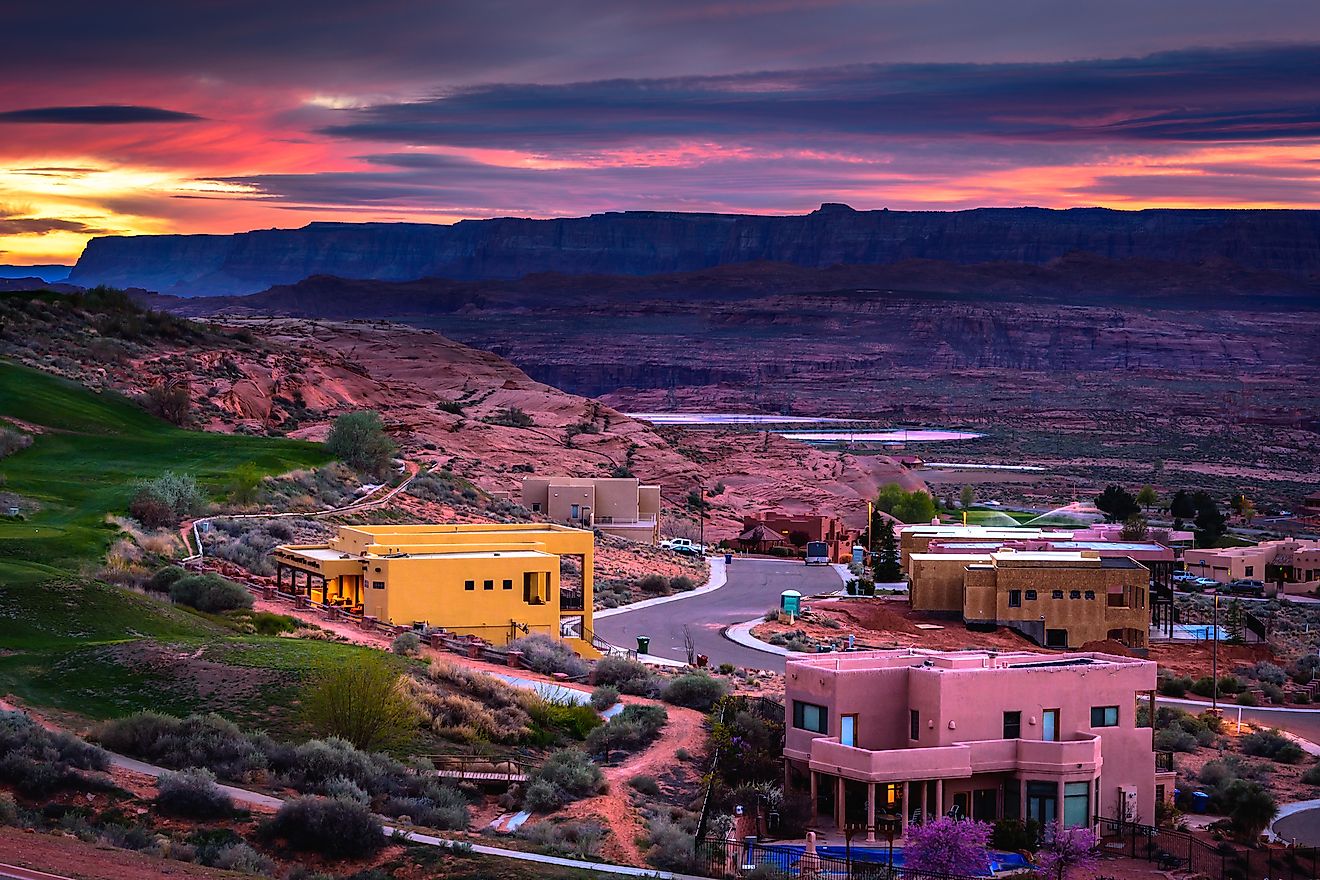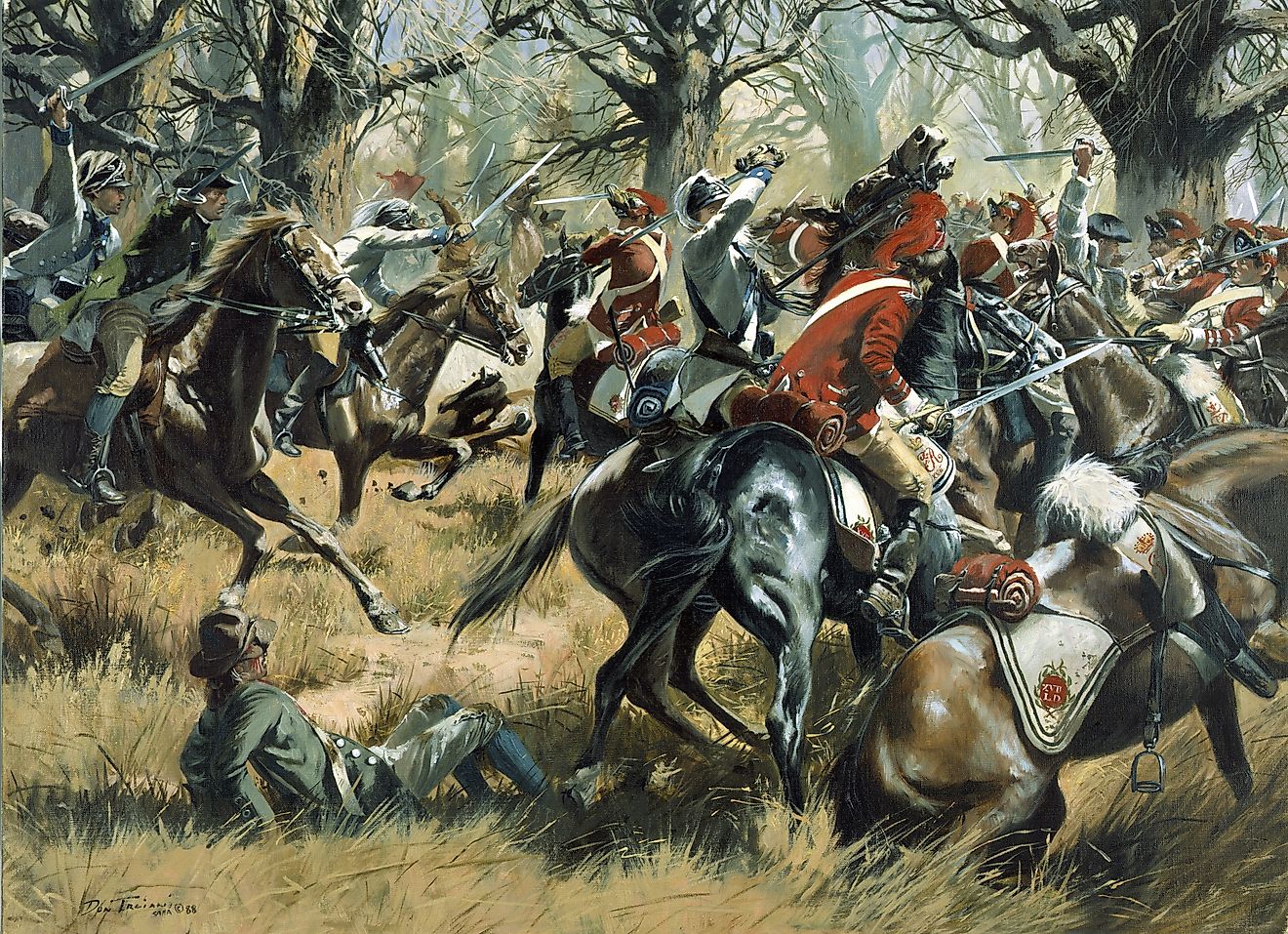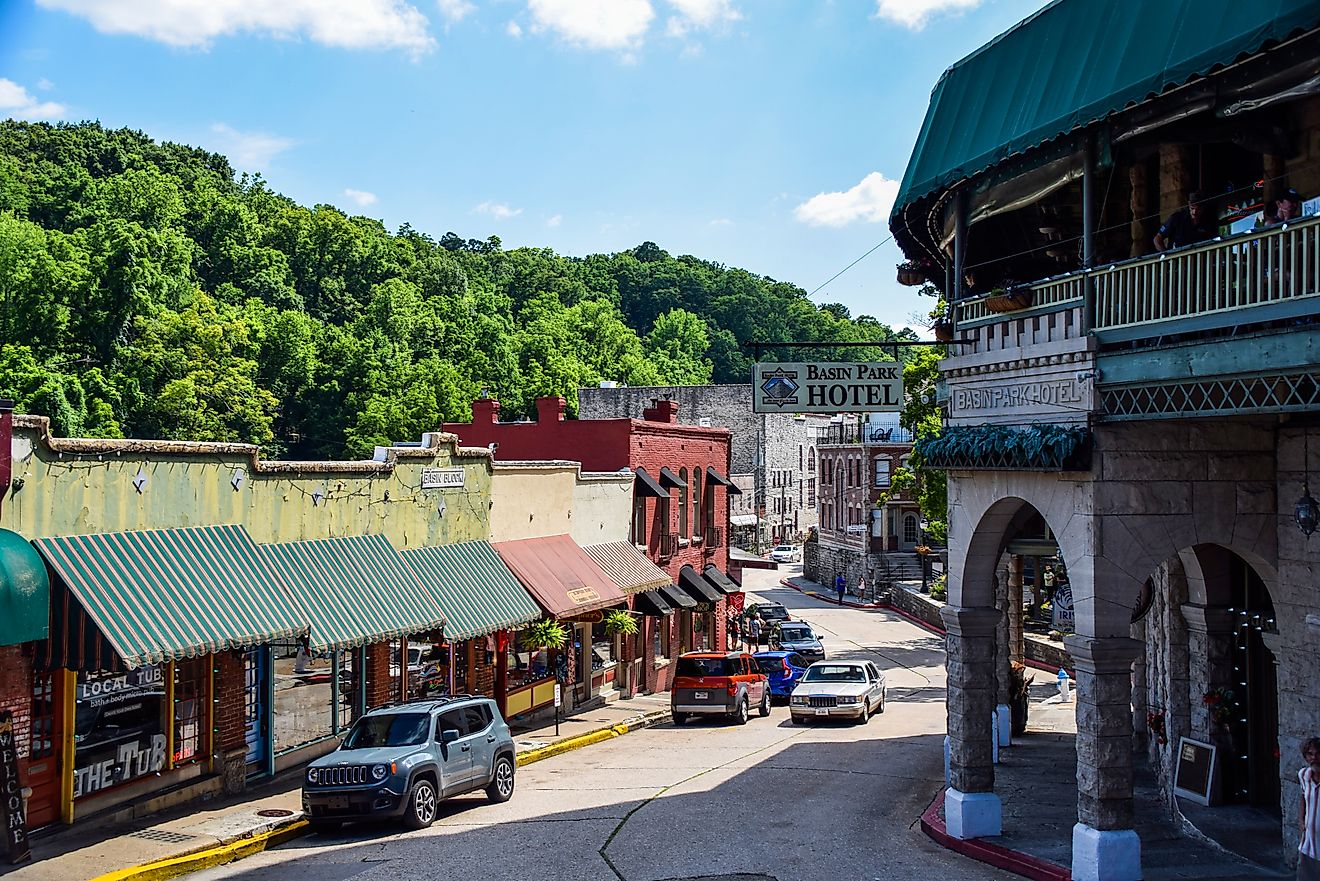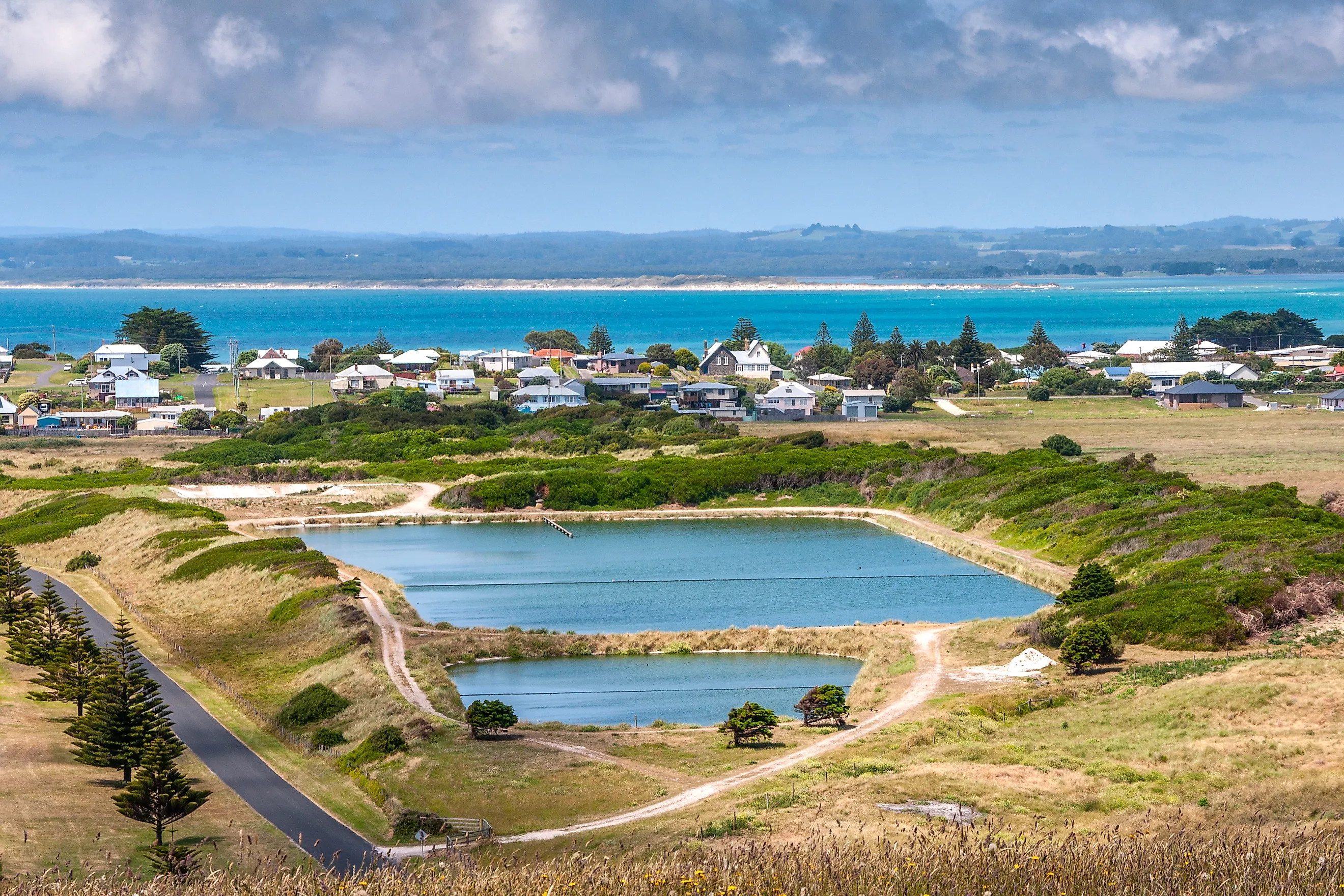
6 Overlooked Towns In Australia Worth Visiting
What if the most interesting parts of Australia were small towns that passersby neglect to even glance at? Across the continent, from the ranges of New South Wales, through the volcanic plateaus of Queensland, to the coastal edges of Tasmania, the geography has shaped people’s lives, influencing how they build and farm. Many of these towns were founded in the 19th century along railway lines and river crossings. They grew up around grain sheds, sawmills, and fishing places. Today, the traveller finds that the same pattern is still visible in the main streets and small museums. So pack a bag, start the car, and see for yourself what Australia’s lonely towns have in store.
Armidale, New South Wales

Did you know Armidale is Australia’s highest city, sitting more than 980 meters above sea level? The cool climate and the surrounding agricultural land give it a strong New England feel. Founded in 1839, the town centre is still lined with sandstone buildings. Most visitors begin at the New England Regional Art Museum, home of the Howard Hinton Collection and changing exhibitions of Australian landscape painting. Close by is Saumarez Homestead, a 30-room Edwardian mansion which retains its original furniture, gardens, and farm outbuildings from the early 1900s.
Just outside the city is the Armidale Pine Forest, providing level walking and cycling tracks under tall pines and native gums, popular with picnickers and birdwatchers. In the afternoon, many people stop off at Petersons Armidale Winery & Guesthouse to stroll around the 30 acres devoted to its vineyard, sample cheese and antipasto boards, and enjoy tastings of regional wines. Every November, the New England Garden Festival brings open gardens and floricultural displays, attracting visitors from across the Tablelands.
Beechworth, Victoria

Beechworth was once one of Victoria’s wealthiest gold towns, yielding more than four million ounces in its rush years. A visit often begins at the Burke Museum, where the reconstructed “Street of Shops,” the huge globe still marked with the old Russian Empire, and a preserved thylacine lend an uncanny charm to the space. The next stop is a bit eerie. The Beechworth Asylum runs Ghost and Paranormal Tours that show the cellblocks by lantern light; guides share uneasy stories that never made it into the guidebooks.
To clear the mood, many visitors drive out to Woolshed Falls, the old gold mine turned picnicking ground, where clear water runs over the granite terraces. Then back in town, the Beechworth Honey Experience rounds out the day with tastings, displays on beekeeping, and shelves of amber glass jars shining in the shopfront light.
Stanley, Tasmania

Fun fact, or maybe not so fun but certainly interesting: Stanley began as the headquarters of the Van Diemen’s Land Company, one of Australia’s earliest colonial trading enterprises. Its history still influences the headland that meets Bass Strait. The day usually starts at the Highfield Historic Site, where an 1830s homestead overlooking the harbor has restored rooms and outbuildings to indicate how early settlers managed trade, cattle, and daily life at the edge of the colony. A few minutes away by car is the Nut State Reserve, where an easy chairlift ride or a circular walking track gives wide views of the coastline and open grazing land below.
Returning to the town, tourists often join Stanley Seal Cruises to watch for fur seals basking near the rocky headland, before enjoying their evening meal at Hursey Seafood Restaurant, known for local crayfish and Tasmanian scallops supplied fresh from the nearby fishing docks.
Mudgee, New South Wales
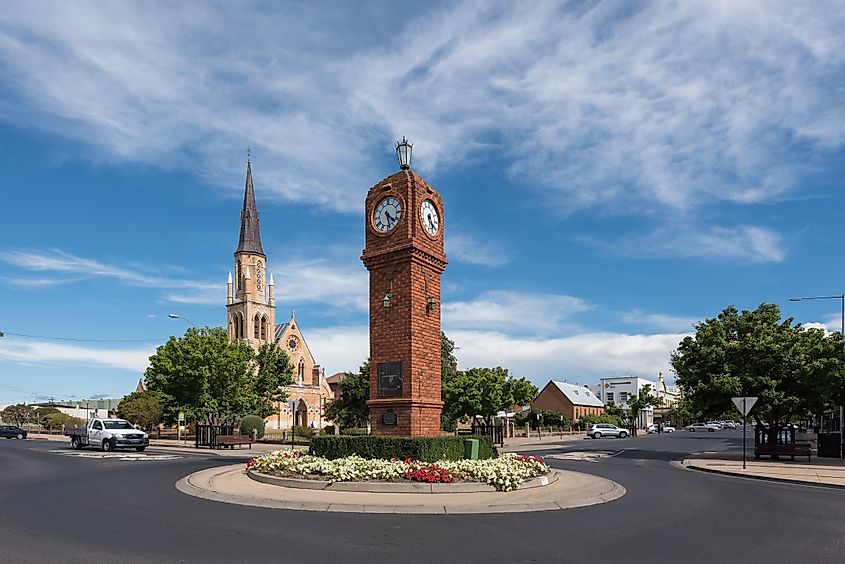
This town is known for its small-city calm with a creative spark. The Lawson Park Sculpture Walk winds along the Cudgegong River for about an hour on flat ground, starting from the Mudgee Arts Precinct. This 1.5-kilometre loop has been transformed into an outdoor sculpture gallery of stone, steel, and timber art, featuring works donated from the Sculptures in the Garden exhibition and framed by shady trees along the riverbank.
For a more active afternoon, Mudgee Common Mountain Bike Trails offer a 5.6-kilometre loop of flowing singletrack through open bushland with both rolling climbs and smooth downhill runs. Most end the day at Lowe Family Wine Co. to taste biodynamic wines while overlooking the vineyards, before a twenty-minute drive to the Mudgee Observatory for guided night viewings of the southern sky, a quiet end to a full country day.
Victor Harbor, South Australia
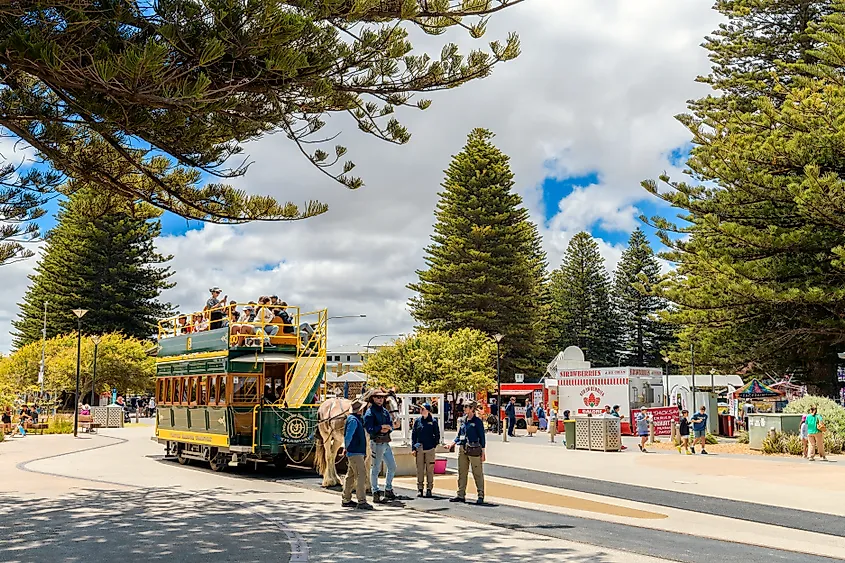
Victor Harbor stands on land long cared for by the Ramindjeri and Ngarrindjeri people, whose heritage is woven into daily life along the waterfront. The Town Centre Heritage Trail is a self-guided 3-kilometre walk that reveals 38 buildings of heritage significance, including St. Augustine’s Anglican Church, Carrickalinga House, and the old Ozone Theatre. Most visitors then go on to the South Australian Whale Centre, where interactive displays and local guides share the maritime history of the area and the long association with southern right whales that still migrate offshore.
From the promenade, the Victor Harbor Horse-Drawn Tram crosses the causeway to Granite Island. On this island, the Kaiki Trail follows the cliffs in the sea breeze among granite boulders. The day’s journey often concludes at Chop It Axe Throwing & Escape It Rooms, a lively venue where friendly rivalry turns into laughter, rounding off a visit to a town that mixes history, coastline, and community spirit.
Yungaburra, Queensland

A bit of a history lesson here: Yungaburra’s name comes from the Dulgubarra Yidinji word for the Queensland Silver Ash tree, fitting for a place that has stood as a meeting ground for the Ngadjon-Jii and Dulgubarra Yidinji peoples for generations. To relive the history, follow the Allumbah Heritage Walk. It begins near the Catholic Church at the top of Penda Street and follows 17 marked sites, including the site of the original Allumbah Hotel and the junction of the old and new railway lines, which once linked the Tablelands to the coast. Then, a short drive from town is the Curtain Fig Tree National Park, which protects one of the finest trees in Queensland, its aerial roots forming a giant curtain from canopy to ground.
By the quiet waters of Lake Tinaroo, the Avenue of Honour lines the shore with flame trees in honour of Australian service members, a place for quiet reflection. On the fourth Saturday of each month, the Yungaburra Markets bring the townsfolk and visitors together to trade produce, crafts, and stories, a living testament to the town’s community spirit.
Not Your Average Towns
You might not think of these places when mapping out an Australian road trip, but each carries its own unique soul. In Armidale, vineyards and gardens thrive on land once cleared for sheep runs. In Beechworth, life in a golden age is given to the streets by tours that bring out the ghosts and thread the stone walls with detail. On the coast of Tasmania, Stanley shows how trade left its heritage on the harbour, while Mudgee fashions its wines and art into a living record of rural life. Victor Harbor pairs Aboriginal legacy with coastal paths and stories kept in its old theatres, while Yungaburra brings together Indigenous beginnings, gigantic figs, and markets that still draw much of the Tablelands.
